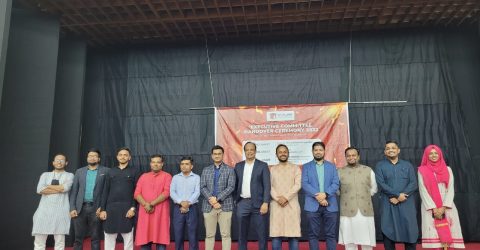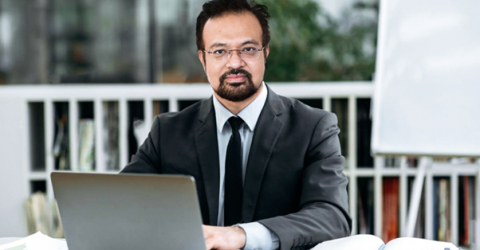
Sophie Cousins
When Mukesh Sherma’s wife was pregnant with their second child, the pressure to deliver a son was almost too much. Friends and family told the couple from Chandigarh, a city in north India, to have an illegal ultrasound to find out the sex of the unborn child. Another girl, they were told, and they should abort.
In a region notorious for its skewed sex ratio, Sherma fought back. “Everyone was aware I had a daughter and said I had to have a son,” he says. “But I was very clear that it doesn’t make a difference if our second child is a daughter or son.”
The couple brought another girl into the world, to much disappointment from friends and family. Mukesh’s wife wanted to try again for a son. The couple considered using so-called sex selection drugs (SSDs). Women take these traditional remedies, usually after conception, in the belief it will help them have a boy, unaware that the sex of a child cannot be changed in the womb.
“My wife was in a dilemma about whether to go for a third time using these drugs … but I came to know about their side effects through a play and I’m thankful to God I didn’t get my wife to use the medicines,” says Mukesh.
The play was staged by the Apoorva Pande Foundation, a local organisation in Chandigarh campaigning for a ban on SSDs. It tells the story of a girl who is bullied because of her disability. As the story unfolds, it’s revealed that her mother was pressured to take SSDs by her husband and mother-in-law.
The audience learn that the drugs, which contain phytoestrogens (compounds from plants that are similar to the hormone oestrogen) as well as heavy metals, are linked to birth defects and stillbirths.
At the end of the play, which has been staged since 2015, the husband says: “Please don’t commit the mistake I have made.” Sex-selective abortion and female foeticide – abortion of female foetuses by illegal means – have given India one of the world’s most skewed sex ratios. According to the most recent census, in 2011 there were 914 girls to every 1,000 boys for children up to the age of six, but in some northern states that ratio dropped below 850.
“I’ve seen that sometimes men are leaving their wives because they’re only having daughters. We have to educate more men because they are pushing the message that a woman must have a son,” he says. In 2015, the government launched a national campaign to address the sex ratio with a renewed focus on enforcing laws that forbid sex-selective abortion and diagnostic techniques used for female foeticide, in addition to promoting girls’ education.
But experts say such campaigns have failed to engage men, who not only play a critical role in shaping attitudes towards girls but who are often the perpetrators – forcing women to undergo sex-selective abortion or take SSDs.
Abhijit Das, co-chair of the MenEngage Alliance, a global network of organisations working on gender justice, and director of the Centre for Health and Social Justice (CHSJ) in New Delhi, says India’s sex ratio won’t improve unless men are part of the fight.
“Technology will keep coming if an idea exists. In a patriarchal society, who can challenge an idea better than anyone else? Men,” he says, adding that CHSJ is training 10,000 male “gender champions” across eight Indian states.
The recruits undergo a six-month programme, which involves group meetings, online training and theatre shows to “create a sense of public outrage to engage and educate men” about their behaviour.




